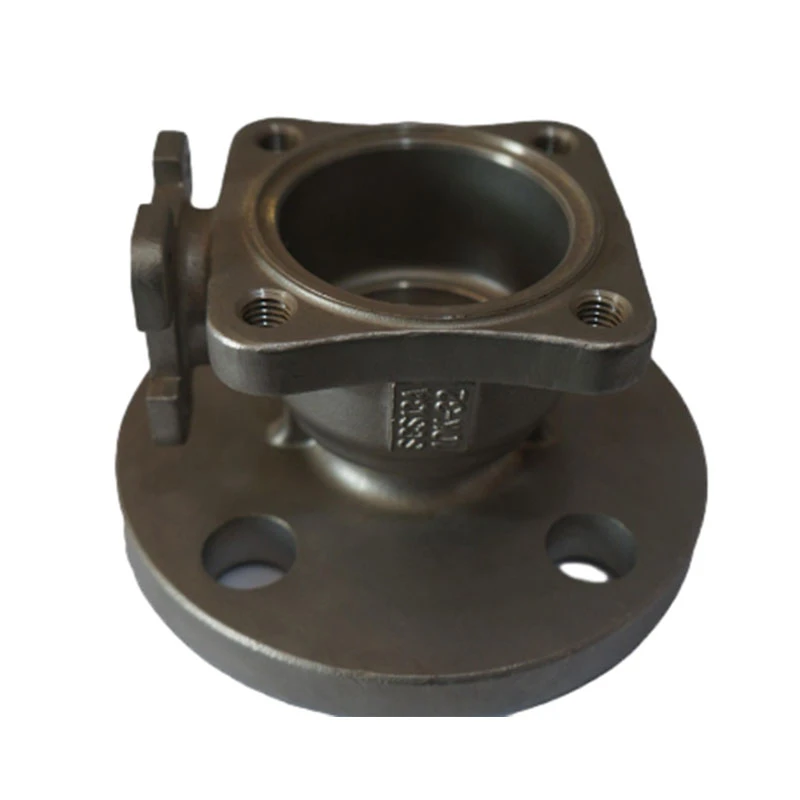Advancements in Additive Manufacturing Techniques for Enhanced Sand Casting Processes
Additive Manufacturing in Sand Casting Revolutionizing Traditional Methods
The landscape of manufacturing has undergone a significant transformation with the advent of additive manufacturing (AM), a process that builds objects layer by layer from digital models. One of the most intriguing applications of this technology is in the realm of sand casting, a traditional method that has been utilized for centuries to create metal parts and components. By integrating additive manufacturing techniques into sand casting, the industry is witnessing a revolution, marked by improved efficiency, reduced costs, and enhanced design capabilities.
Sand casting itself is a process that involves creating a mold from sand, into which molten metal is poured to form a final product. This method is favored for its simplicity and versatility, accommodating a wide range of materials, including aluminum, brass, and iron. However, traditional sand casting poses several challenges, such as lengthy lead times, high material waste, and limitations in design complexity. Additive manufacturing addresses these issues by introducing innovative ways to create molds without the need for extensive tooling and machining.
Additive Manufacturing in Sand Casting Revolutionizing Traditional Methods
Furthermore, additive manufacturing enables rapid prototyping in the sand casting process. Manufacturers can quickly produce molds for testing and validation, significantly shortening production timelines. This agility in the prototyping stage means that companies can iterate designs faster, ultimately leading to better end products and a quicker time-to-market. Traditional sand casting can take weeks to produce a mold; in contrast, AM can reduce this timeframe to just a few days, or even hours, depending on the size and complexity of the mold.
additive manufacturing sand casting

Another critical advantage is the reduction of material waste. Traditional sand casting typically requires the use of excessive effort in creating molds, often leading to the generation of scrap material. In contrast, additive manufacturing allows for a more precise build-up of materials, which can lead to a significant reduction in waste. The sand used in 3D printed molds is often reusable, further minimizing environmental impact and associated costs.
Moreover, the integration of smart technologies with additive manufacturing improves the capability to control and monitor the casting process. Sensors and data analytics can be employed to optimize the pouring of molten metal, ensuring uniformity and consistency in the final product. This connection empowers manufacturers to achieve better quality control, enhancing the reliability of the components produced.
Despite the numerous benefits, transitioning to additive manufacturing in sand casting does come with challenges. The initial investment in 3D printing technology can be substantial, and companies may face a learning curve in adapting their workflows to incorporate these new technologies. However, as more manufacturers embrace additive manufacturing, the learning opportunities and best practices will continue to evolve, paving the way for broader acceptance and implementation.
In conclusion, the melding of additive manufacturing with traditional sand casting is revolutionizing how industries approach the production of metal components. With improvements in design flexibility, reduced lead times, less material waste, and enhanced process control, the future of sand casting is undoubtedly brighter. As technology continues to advance, manufacturers who adopt these innovative methods stand to gain a significant competitive edge, ushering in a new era marked by efficiency, sustainability, and creativity in production. The future of manufacturing lies in the synergy of traditional processes and modern technologies, paving the way for advancements that were once thought impossible.
-
OEM Sand Cast Pump Valve Fittings - Baoding Hairun Machinery And Equipment Trading Co., Ltd.NewsAug.01,2025
-
Custom OEM Impellers | High Efficiency & PrecisionNewsAug.01,2025
-
OEM Sand Cast Pump Valve Fittings - Baoding Hairun Machinery | Customization, Quality AssuranceNewsAug.01,2025
-
OEM Sand Cast Pump Valve Fittings - Baoding Hairun Machinery And Equipment Trading Co., Ltd.NewsAug.01,2025
-
OEM Sand Cast Pump Valve Fittings - Baoding Hairun Machinery And Equipment Trading Co., Ltd.NewsJul.31,2025
-
OEM Sand Cast Pump Valve Fittings - Baoding Hairun | Precision Engineering, CustomizableNewsJul.30,2025















